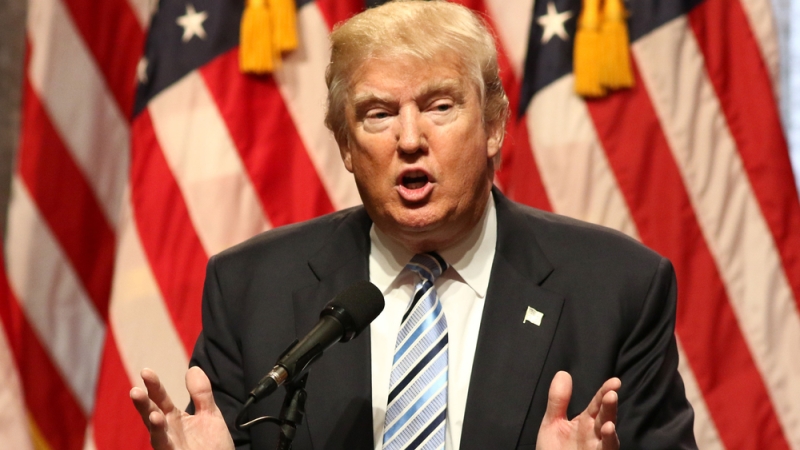
Extreme vetting will require better, smarter data, according to Donna Roy, executive director of the Department of Homeland Security’s (DHS) Information Sharing and Services Office (IS2O).
President-elect Donald Trump ran his campaign on the commitment to remove illegal Mexican residents and temporarily ban Muslims from entering the country. Extreme vetting policies would logically accompany these stringent immigration goals.

Roy, who spoke at MeriTalk’s Big Data Brainstorm on Nov. 16, said that data resulting from extreme vetting procedures will have to get a lot smarter. She defined smart data as data that is independent of software, applications, and networks. Agencies can share smart data with one another, and project the information on a wide variety of devices.
Roy said she is working with the intelligence community (IC) to create standards to co-populate data related to extreme vetting. She said it is important that certain people can see only certain pieces of information.
Facial recognition technology could be critical in extreme vetting procedures. Roy said the technology for such recognition is already possible, using the example of her new iPhone, which she said automatically identifies the subjects of her photos. However, Roy said that too much data can be debilitating. She said she receives more emails than she can read, and that processing data should not feel like trying to budge after eating a Thanksgiving meal.
“We need to avoid data glut and information overload,” Roy said. “It’s about combining better parts of data with human instinct and making sure we don’t lose the human factor. Better interactions are what we’re after.”
Federal agencies spend 80 percent of their time understanding the value of their data, rather than analyzing the data, according to Roy. Communication and information sharing between agencies could result in better uses of time, she said, citing the European Union’s “Once Only” policy. This policy states that a citizen or business has the right to provide their information once, to the first government agency they encounter. Agencies then pass individuals’ information to one another.
DHS connects to every Federal agency and 200 countries. Roy said most of the interactions are one-on-one. She said that agencies could benefit if they focus on what data to compute, rather than how to compute it.
“I’m not sure bigger is better. The hardest part is agreement on protection and use of data,” Roy said. “It’s not easy, but it can be done.”
